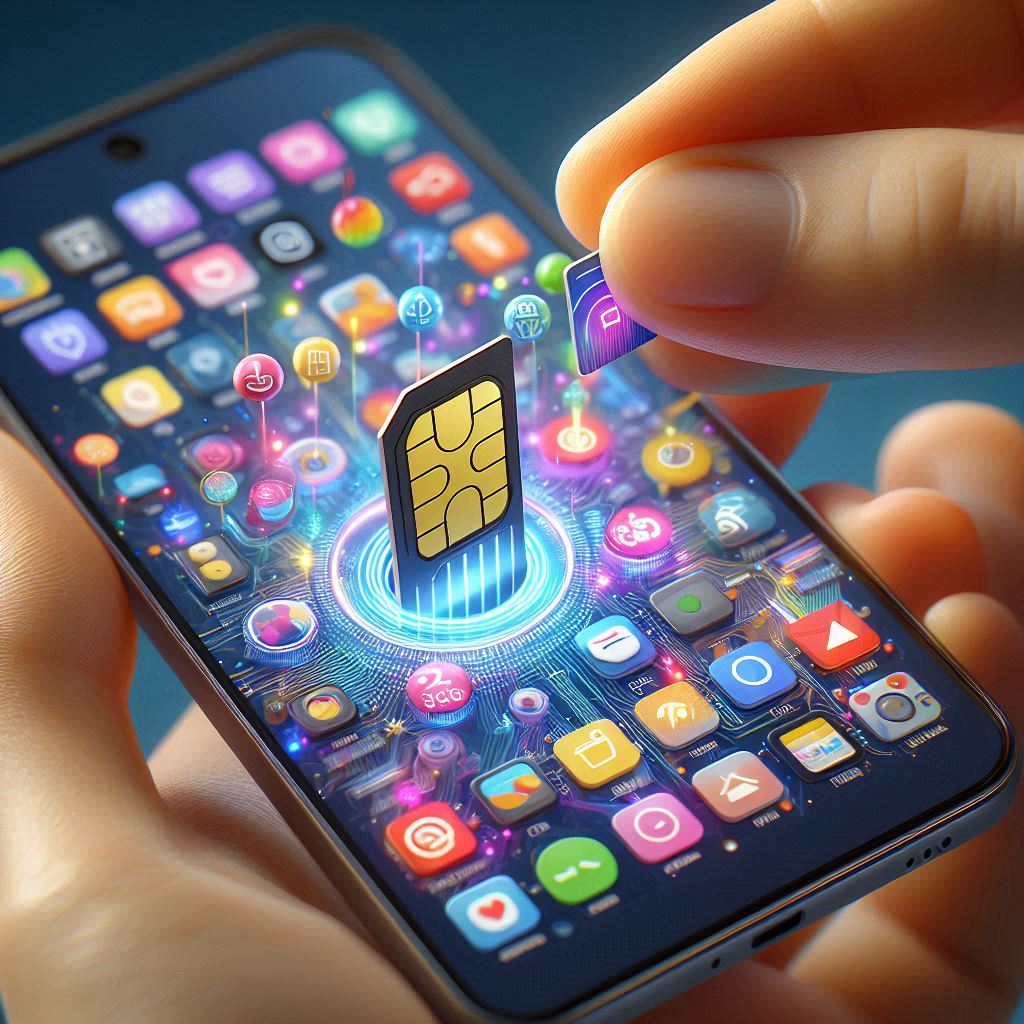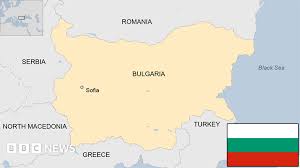
12.10.24
(We’ve been sending out our new Travel Younger newsletter since August and have gotten great feedback from some of the postings. We will add them here)
When I first visited Europe (2016) in the “modern age,” ie, the age of Smart Phones, getting my phone to work using SIM cards was a hassle. SIM is short for “Subscriber Identity Module “ in case you were curious. My first visit was to Amsterdam, The Netherlands, and the process of removing my OLD SIM, setting it aside, and putting in a NEW one was uncomfortable for me. What would happen, for instance, if I lost my original SIM? I didn’t, but getting that local (Dutch) SIM to work was a pain. I was only there a few days, and even though it cost about $15, I then went to Ireland, and had to get another SIM. And that continued through Germany, Czech Republic, and Poland. Each country was a crap shoot of “will it work?”

By 2018 the world and technology had improved and Google came up with their own network called Google Fi. The lure of Fi was that it allowed phones to lock into the strongest local data network in any new country we visited—without a SIM card! THAT sounded lovely, so we became Google Fi subscribers for $20 mo. It worked in the US and when Kat and I visited Spain, then France, it was seamless. And there was NO charge for international hook ups! We left the following year to begin our journey, and Google Fi was our network in all the countries we visited. For about two years. Then Google shut us down…The fine print says, “yes, they DO allow international connections, but only for short periods at a time.” In order to “reset” we had to return to US ground and that was not likely for quite some time.
That meant I was forced to return to SIM Land. Oh, before I move on, here’s a Google Fi referral link which puts a few bucks in each of our pockets.
Our Fi usually worked for several months whenever we left the US (Oct 2023 was the last time), but they eventually caught up with us. But a New Kid in town was competing with the traditional SIM cards. They are called E-SIMS, and they do the same thing as “insert card here” SIMS, but it’s all online. Downloaded. NOT having to pop out any old cards. I loved it, and still do.
What is especially convenient is that they also offer regional plans for several parts of the world, and even International plans which cover most of the globe. There are different companies with different options, and after trying a few, I’ve been using Airalo, which has been terrific. Since we’ve been in Asia for over a year, I use the regional plan, which is $13 mo., and covers 18 countries. Every 30 days I get 3 MB of data, which is more than enough for me since I use wifi whenever possible, and I get a reminder to renew every 30 days which takes less than a minute to do. Here’s $3 off for both of us if you’d like to try it: use NORMAN7447 code.
In April we’re going back to Europe for about six months and I’ll get another 30 day regional plan, 42 countries (!), 3 MB plan for the same $13. THAT makes crossing borders much less stressful!

If you plan to travel for “short” periods of time, your home carrier/ network probably has a plan to use while you are gone. If you think you’ll be gone for a long time (your definition…), see what your home carrier offers and compare it to SIMS or ESIMS. Kat likes doing a physical SIM card in every new country, primarily since she is a heavy data user. She has calls with her daughter in places without wifi, so she gets unlimited (or almost) plans for about the same price I pay. Whenever we get to a new country, she usually gets a SIM at the airport (note: do some research on the best networks before you get there), and then she extends it at local shops as she needs to. For me, I like being connected immediately upon landing and not dealing with it.
The lesson is, DON’T get freaked out by being out of touch with “home” or accessing local data networks. I know many full time travelers who DO NOT get data plans at all; they rely only on finding wifi everywhere they go. For me, I like KNOWING I have access to Google MAPS, or translate, or email, or whatever app I’m using.
Part II: staying in touch
Now that you have your phone figured out, what’s the best way to stay in touch with family and friends “back home” without using CELL service? Fortunately, there are lots of ways, and the fantasy of the future from decades ago—video phones—are the reality of today. FaceTime for Apple is the de facto standard from what I hear, and for Android users you have lots of choices. The tried & true Skype still works, along with Facebook Messenger, Viber, WeChat (China’s largest), LINE (Thailand heavy), and Google MEET, but the overall most popular that WE have found, is WhatsApp.
 WhatsApp ties together with your Contact list, and finding people on WhatsApp is easy once they are in there. But they have a really cool feature which allows you to share your QR code (and vice versa), take a picture, and it loads into your contacts. No need to transcribe lots of numbers from one phone to the other. It allows phone calling, video calling, AND you can record either and send it for later viewing. You can also create groups on the fly for when you meet a new crowd and want to share messages amongst each other.
WhatsApp ties together with your Contact list, and finding people on WhatsApp is easy once they are in there. But they have a really cool feature which allows you to share your QR code (and vice versa), take a picture, and it loads into your contacts. No need to transcribe lots of numbers from one phone to the other. It allows phone calling, video calling, AND you can record either and send it for later viewing. You can also create groups on the fly for when you meet a new crowd and want to share messages amongst each other.
Years ago there was a saying that declared, “the world is flat,” meaning it is easier than ever to get from one place to the next, and borders are almost invisible. And with these tools you don’t have to physically go anywhere, you can stay in touch wherever you are.
To stay in touch, sign up for our free newsletter: SUBSTACK.COM/@TRAVELYOUNGER



